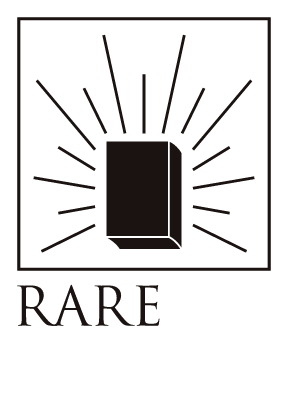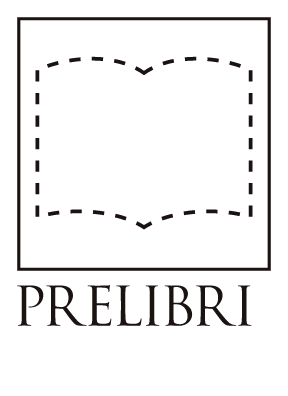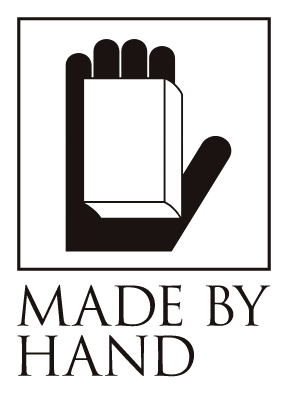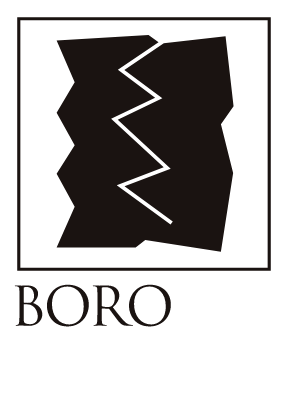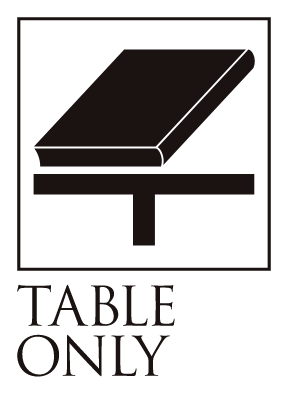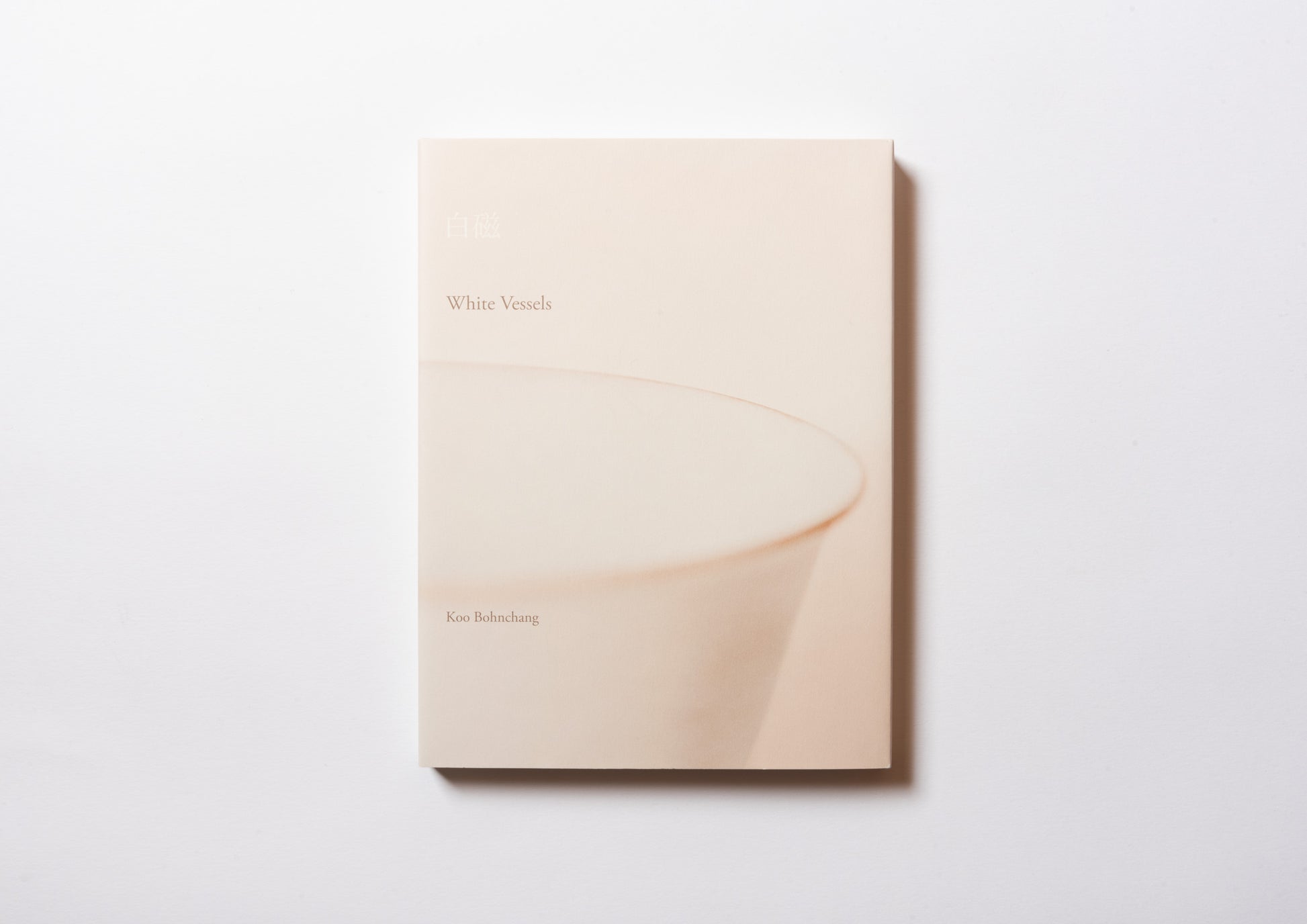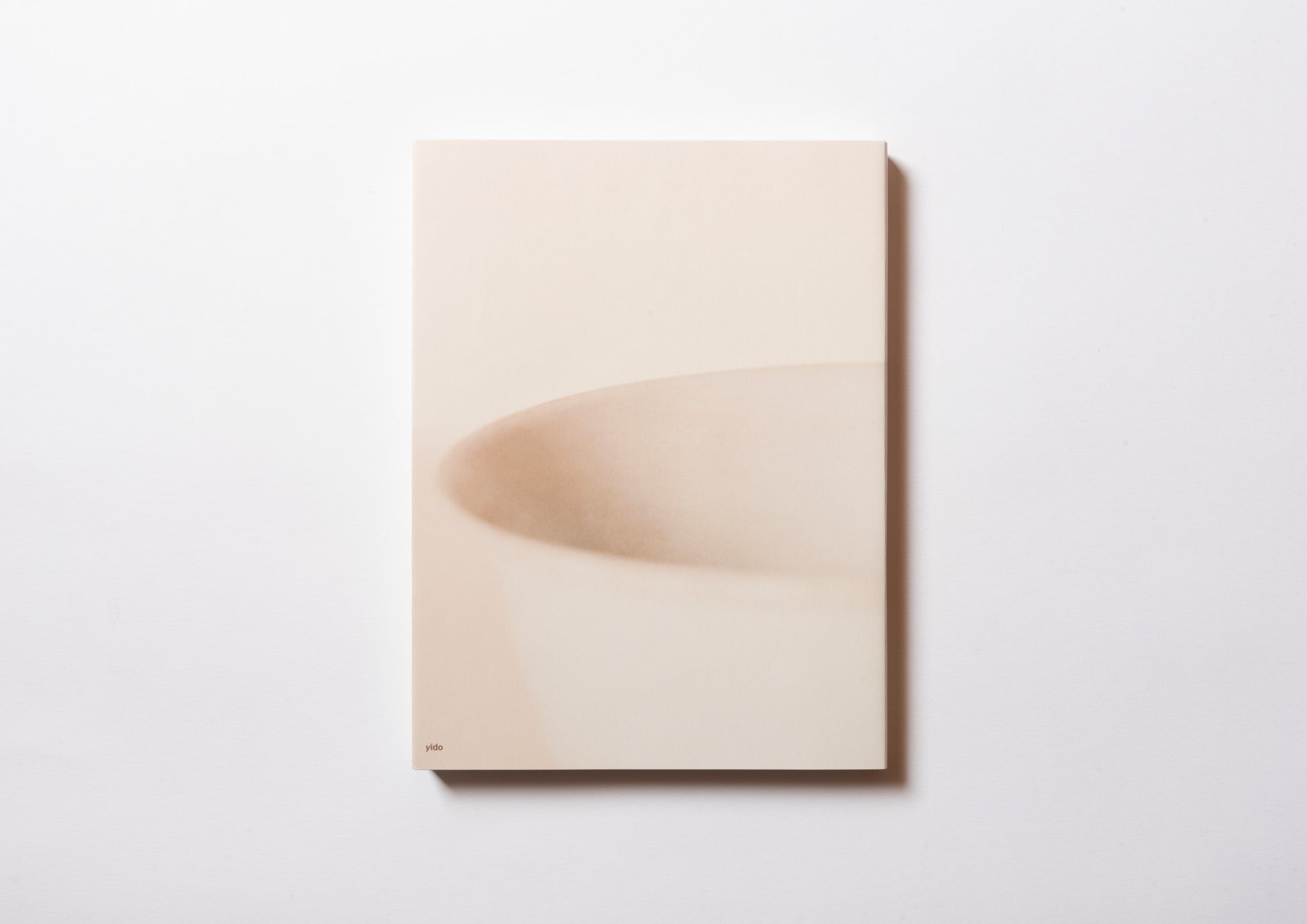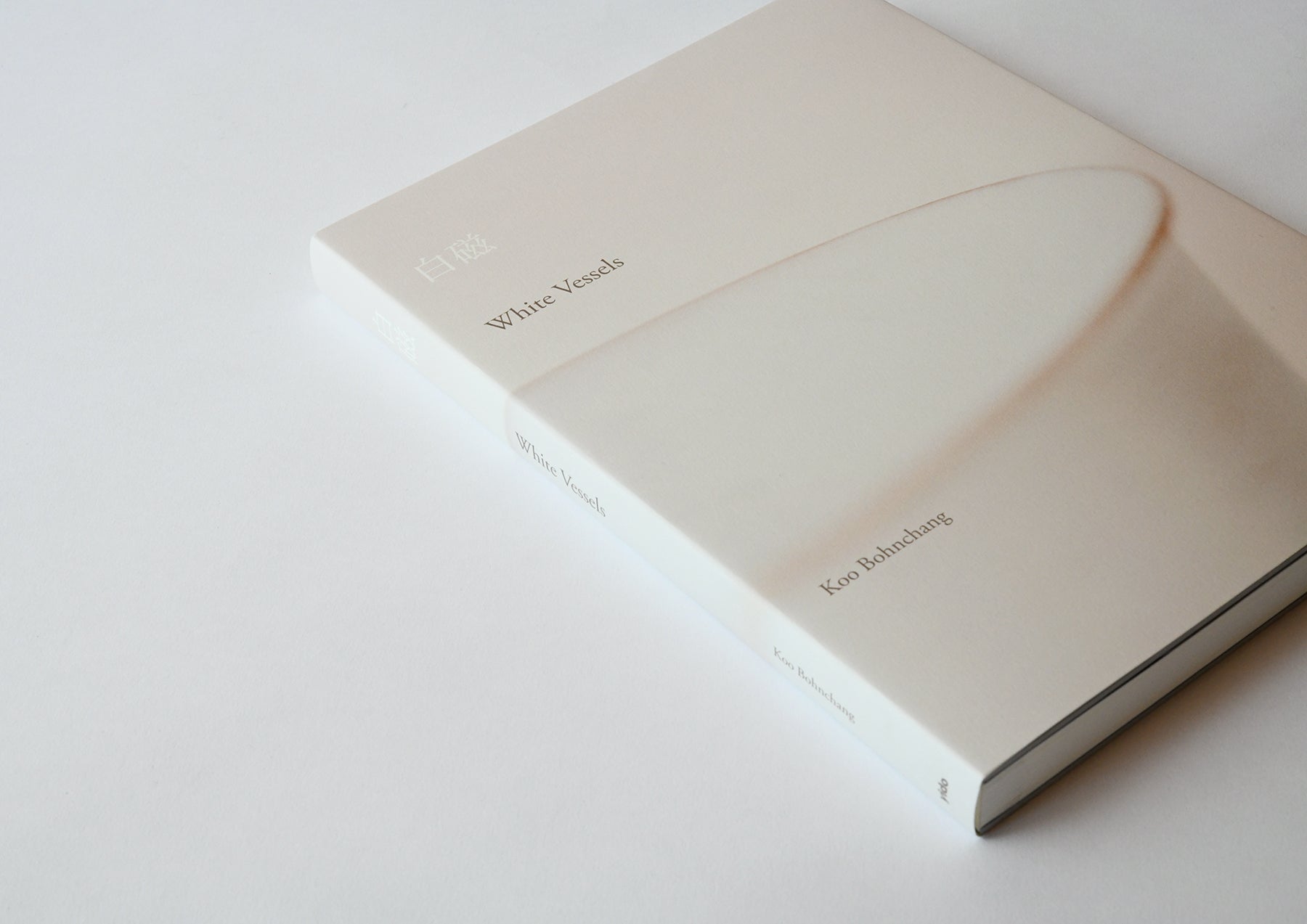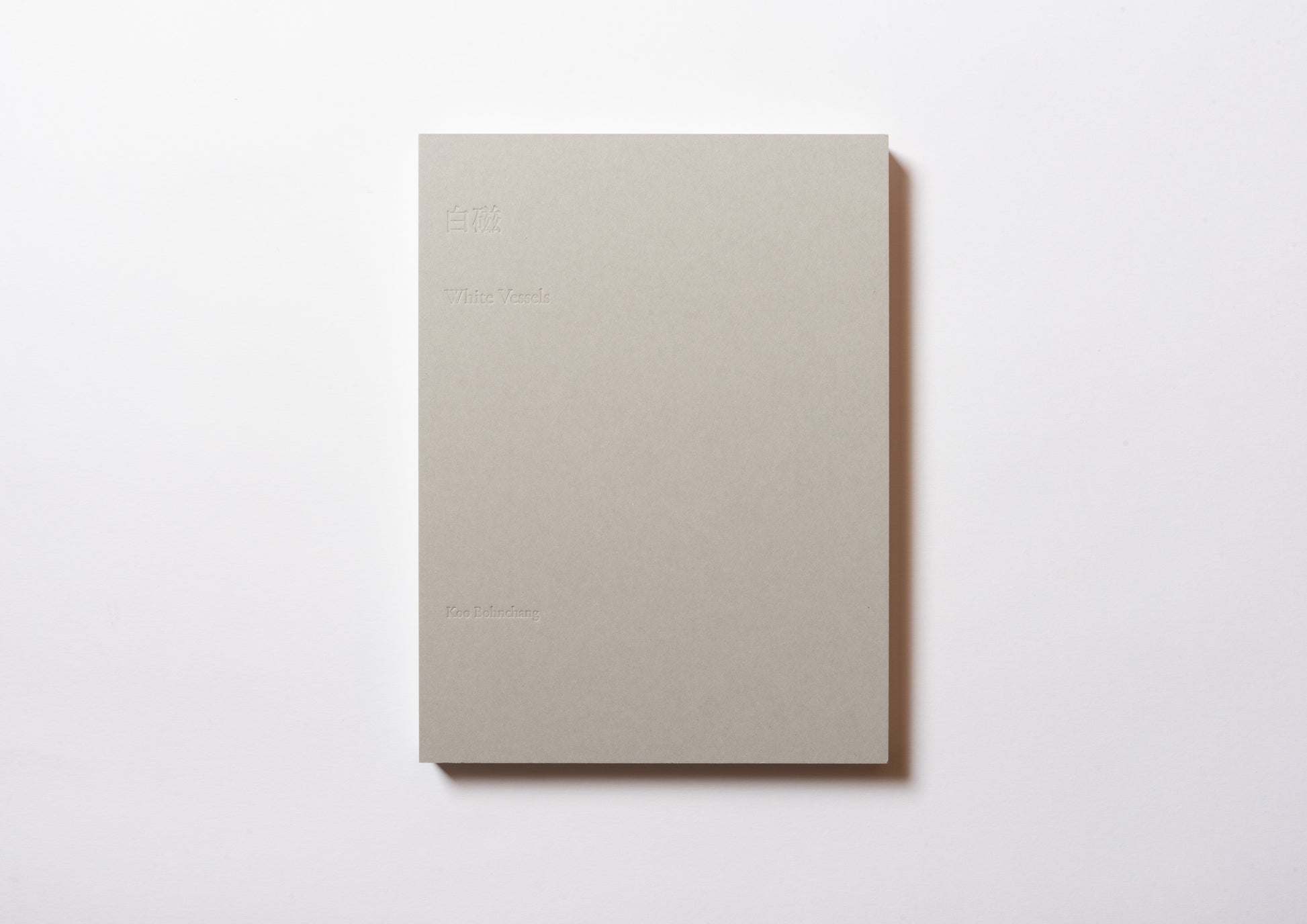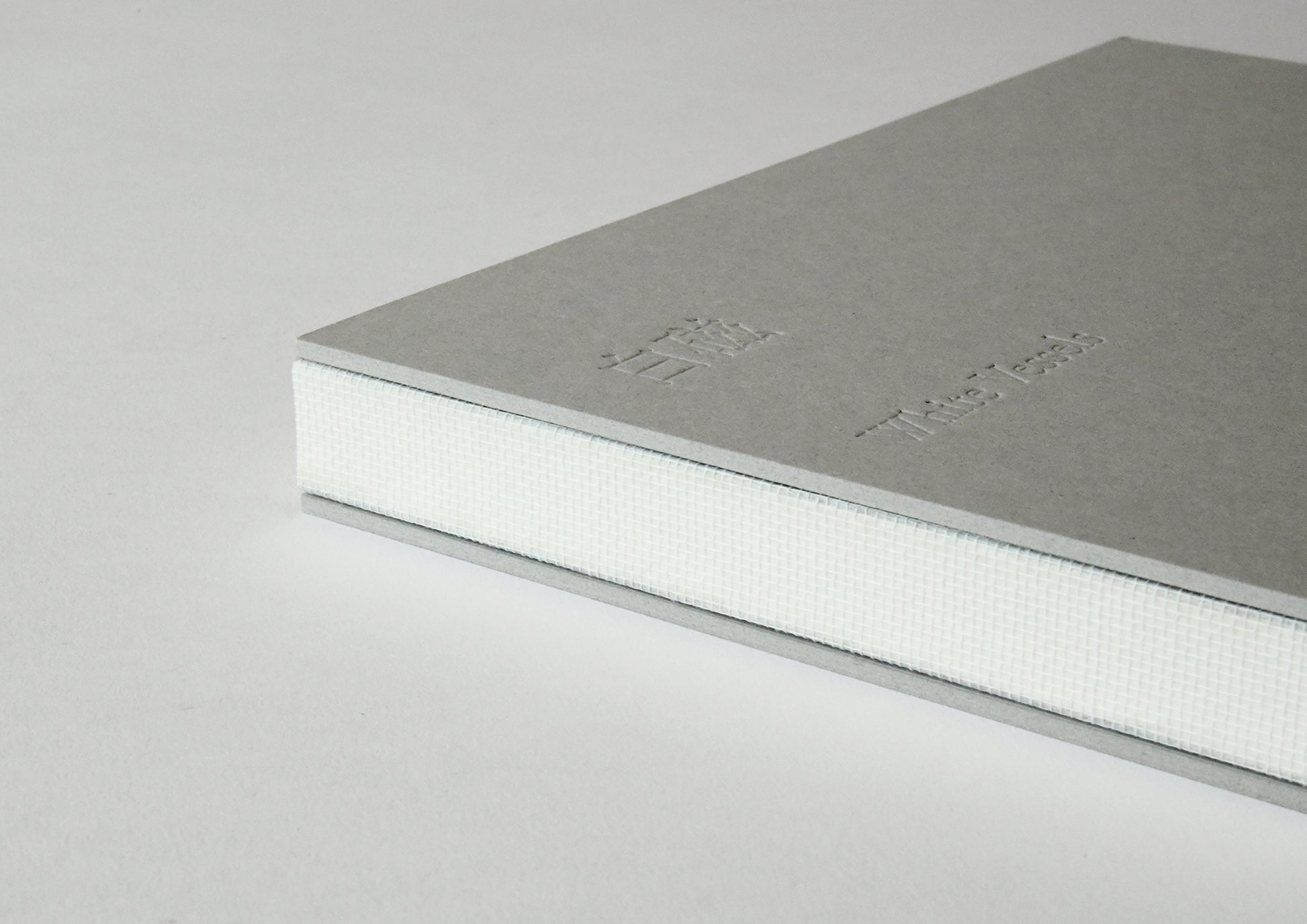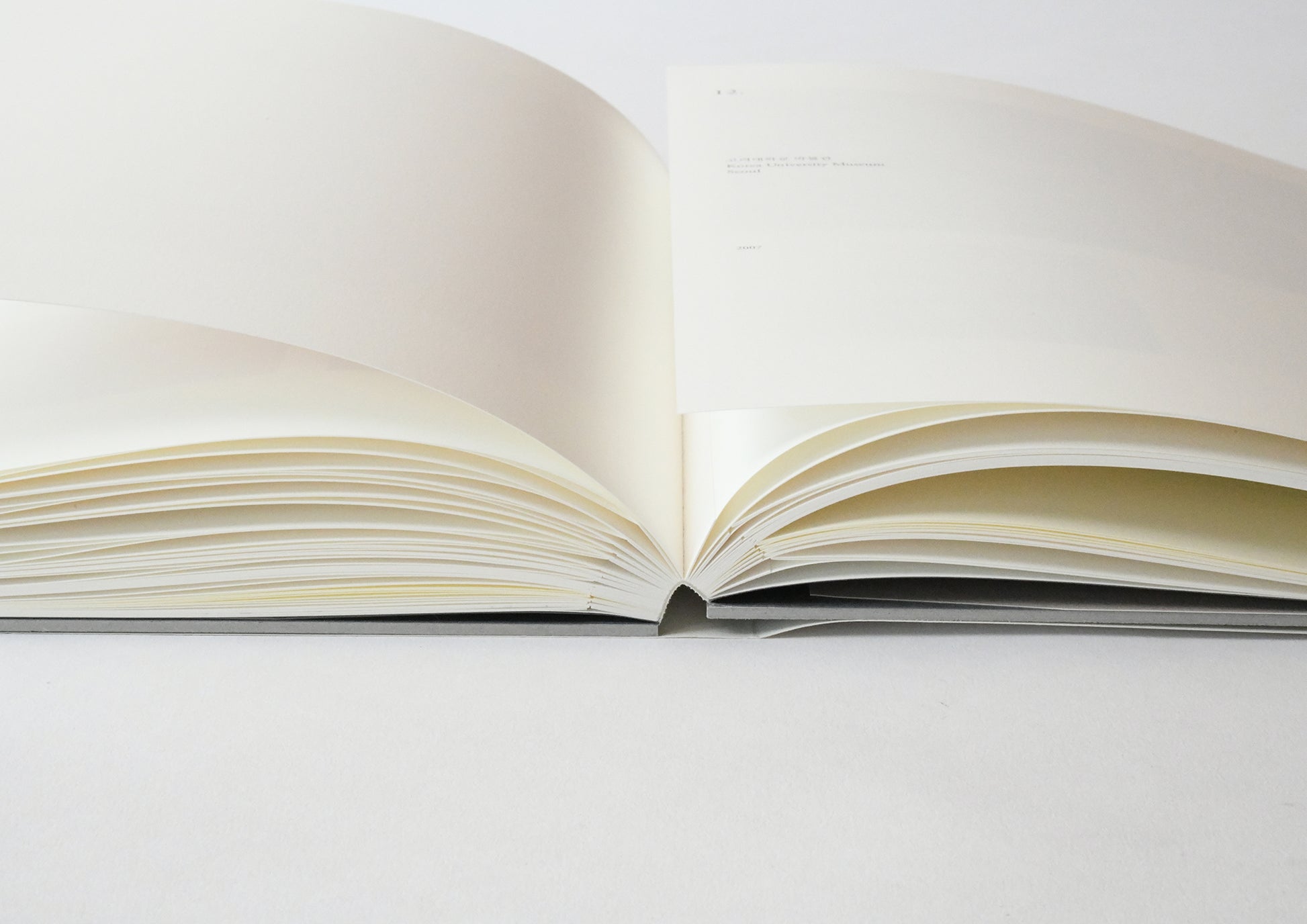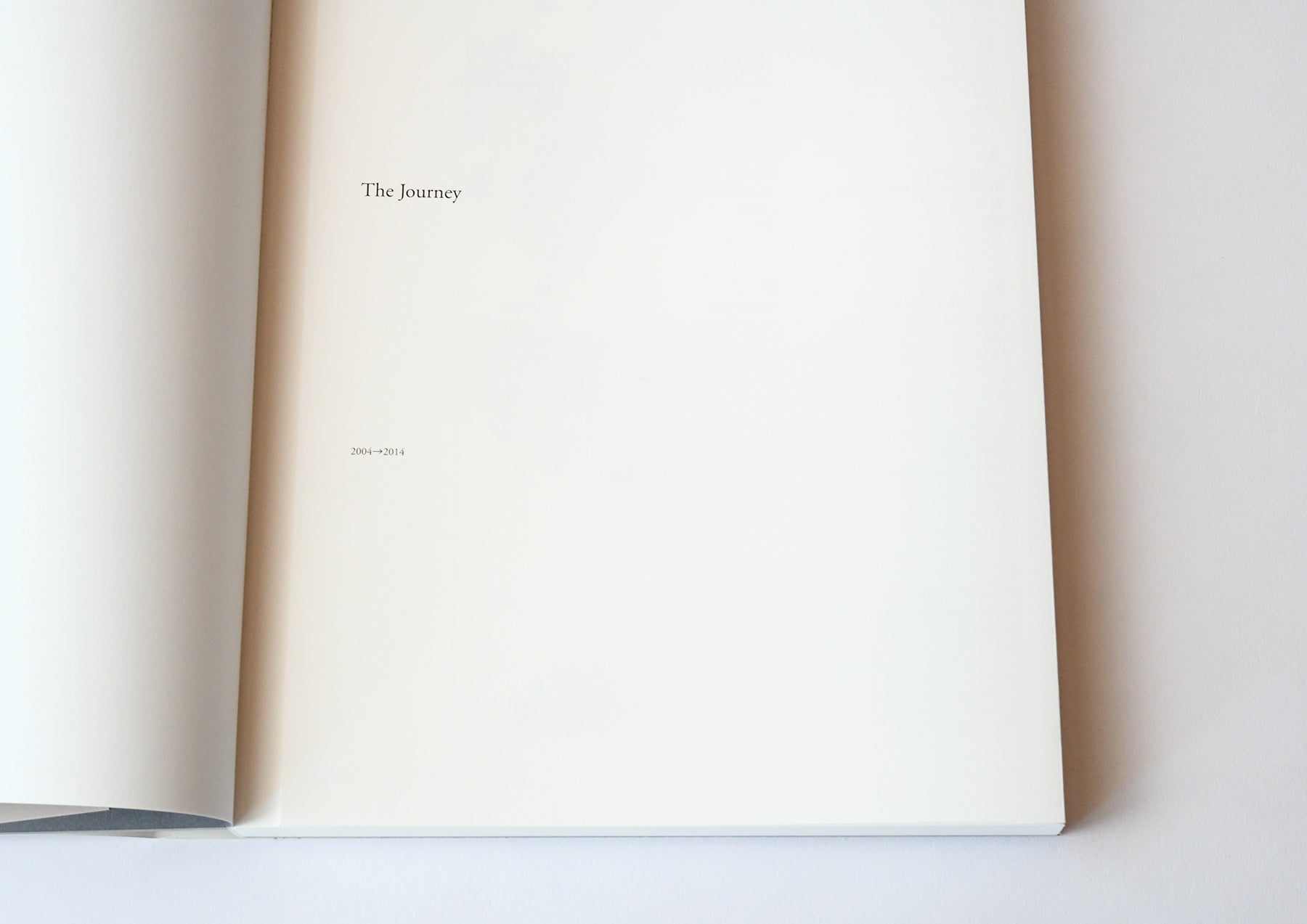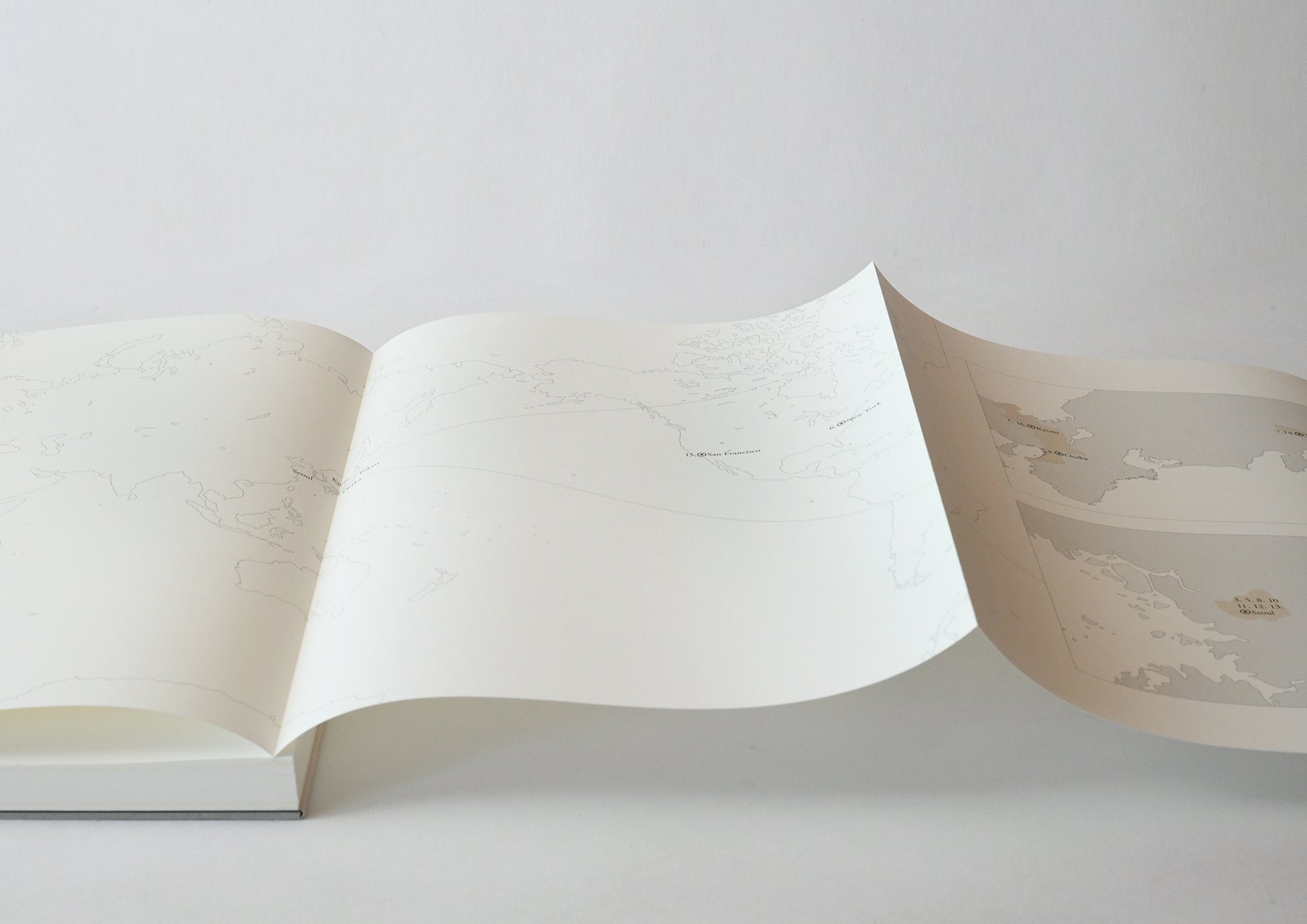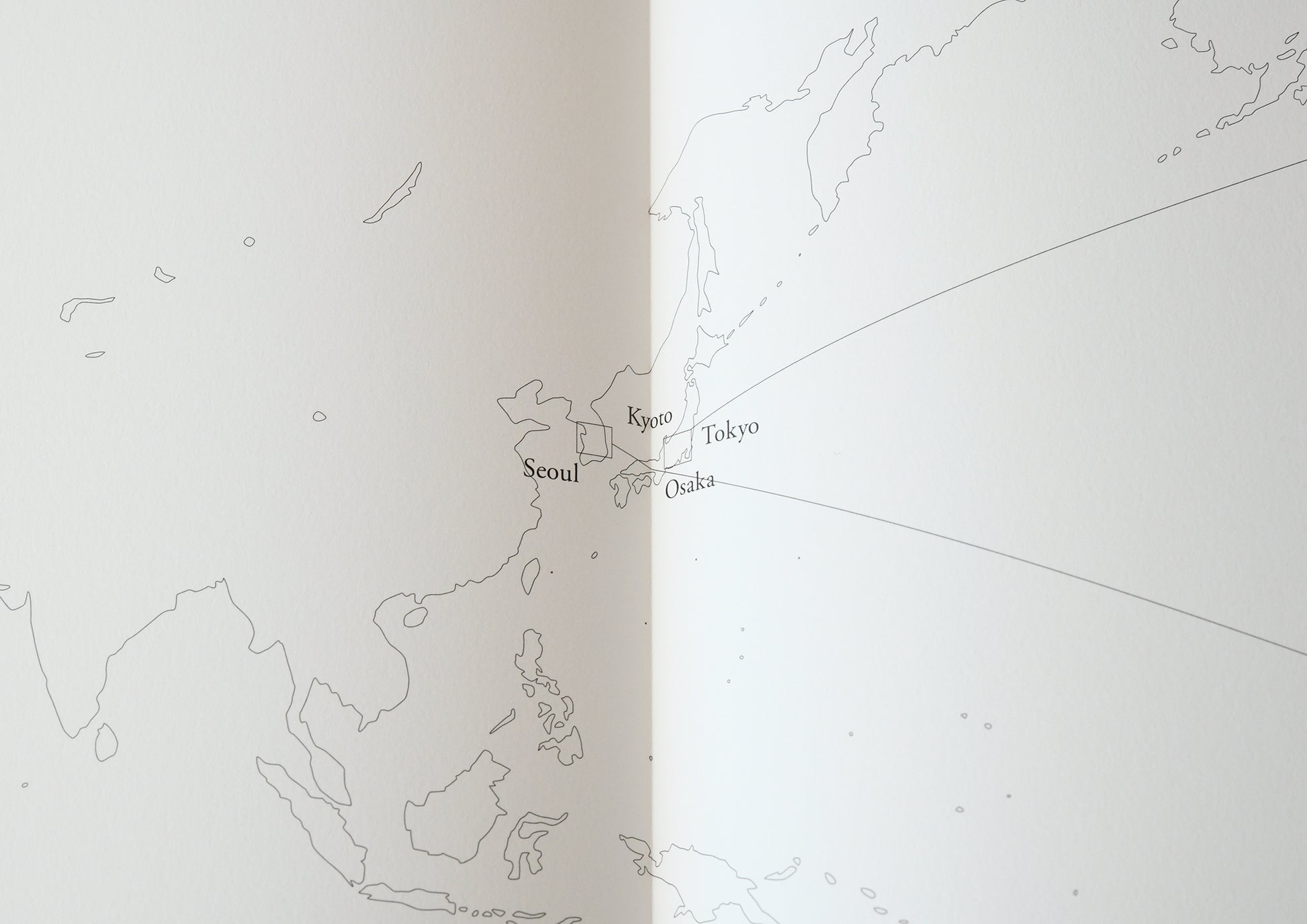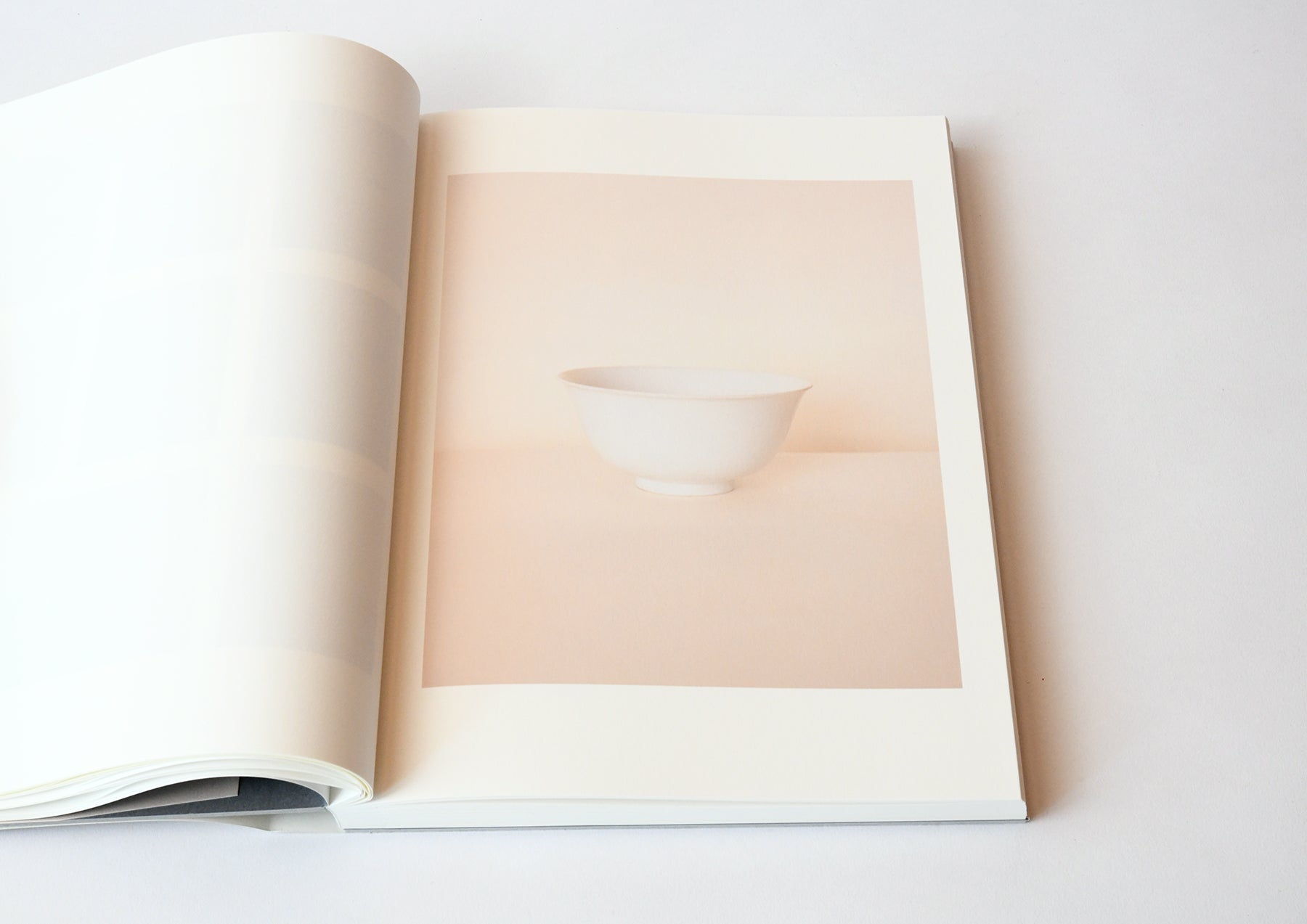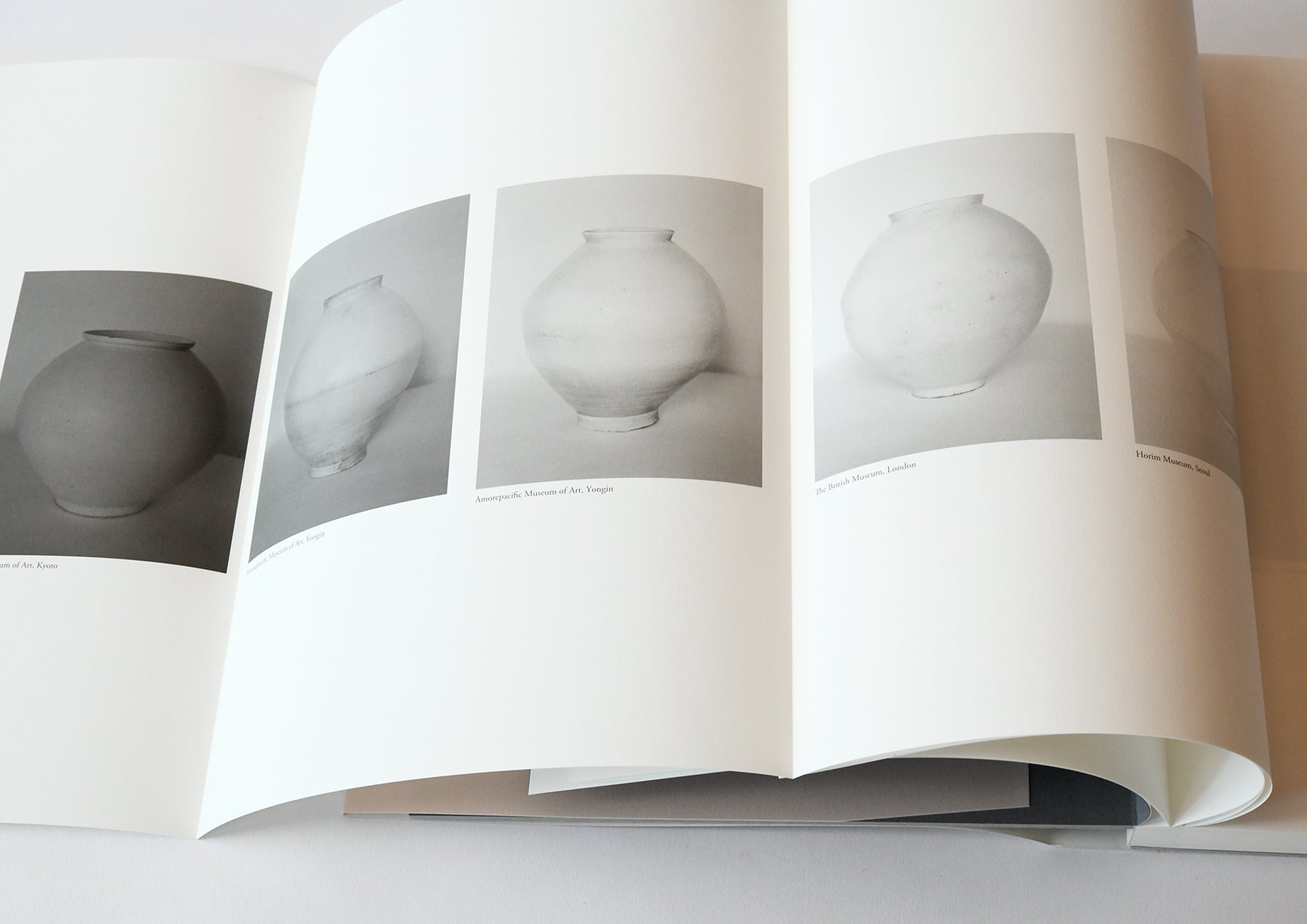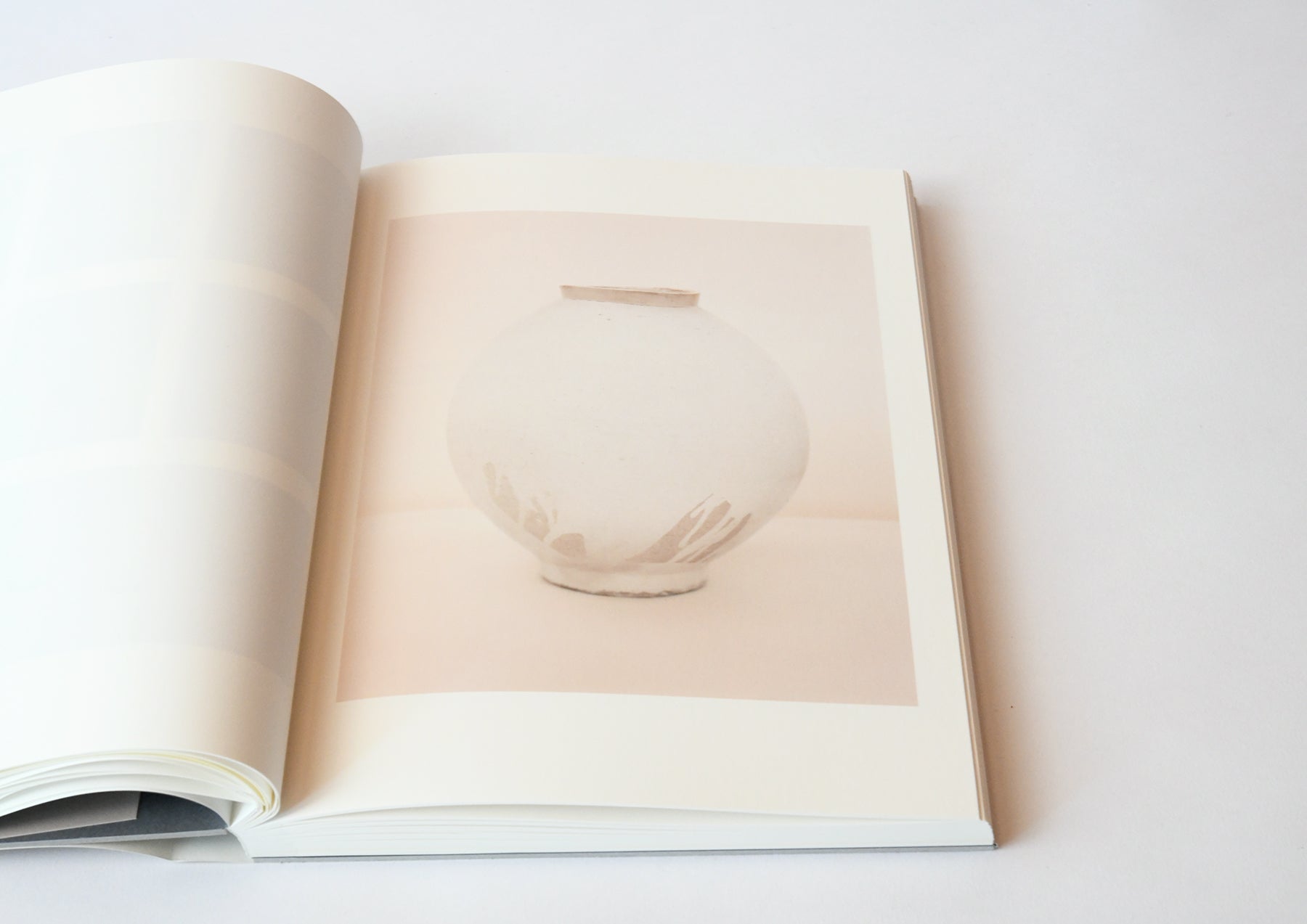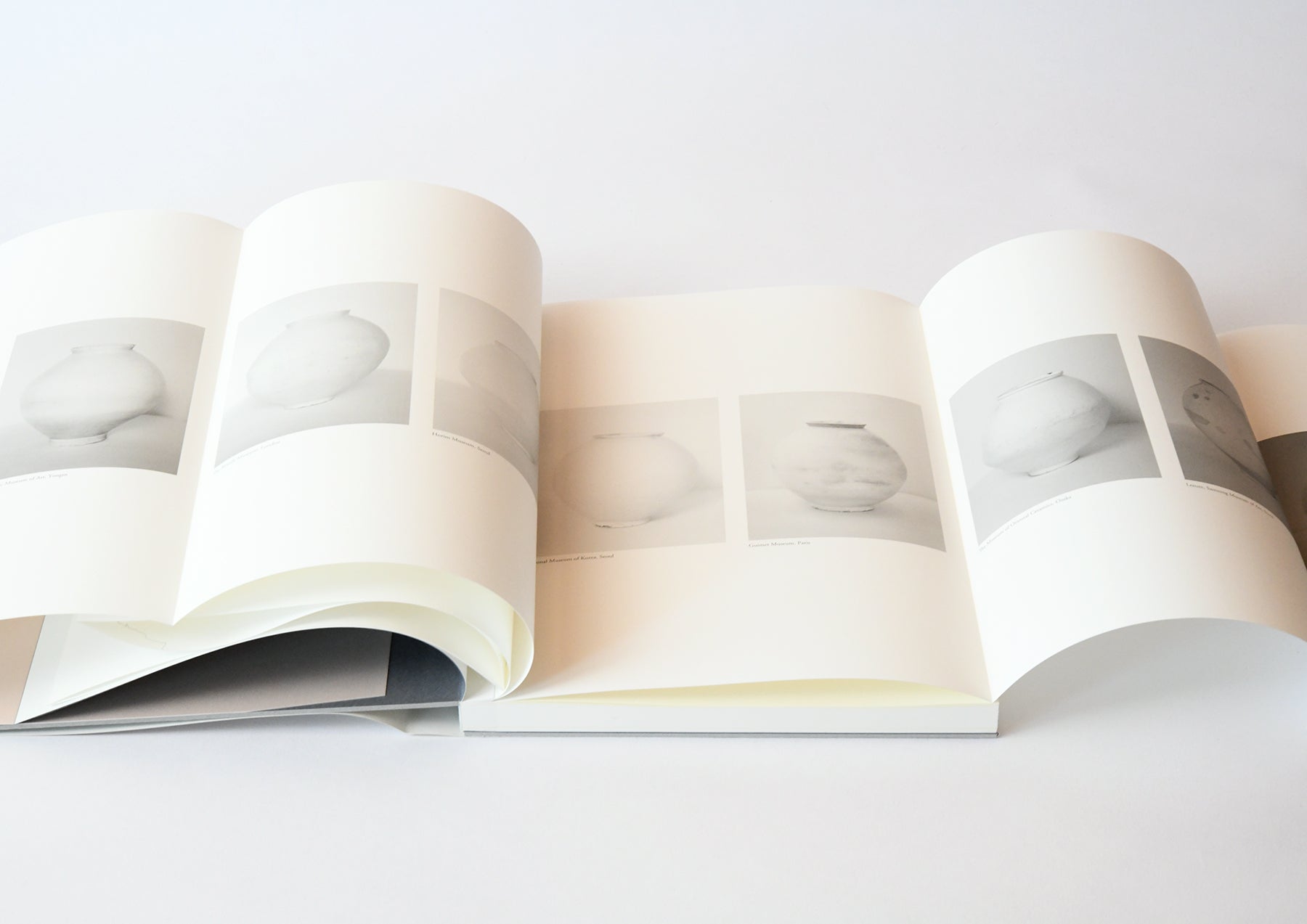White Vessels/Gumoto Masaru Coobon Chan
Bibliographic Details
- Title
- White Vessels 白磁
- Artist
- Koo Bohnchang / 具本昌(クー・ボンチャン)
- Editor
- Park Hyunjung
- Designer
- Nobuhiro Yamaguchi / 山口信博 + Sakie Hosoda / 細田咲恵
- Director
- Yi Yoonshin
- Publisher
- Yido
- Year
- 2015
- Size
- h300 × w224× d25 mm
- Weight
- 1180 g
- Pages
- 178 pages
- Language
- English / 英語
- Binding
- 枕貼り製本(折ったページが膨らんでしまうことで本の佇まいが阻害しないように、ノドに折ったページ分の厚紙を張り込む特殊製本)
- Edition
- 初版限定400部 / First edition of Limited 400 copies
- Condition
- 新品 / As New
印刷と製本は日本のアイワードが担当 / Printing by Binding by Iword Printing Japan
Scattered into pieces
In pursuit of the "white porcelain" of his home country
Collection on paper.
This book was published over a period of about 10 years by Korea's most famous photographer, Koo Bon-chang.limited400 copies of the photo bookis.White porcelain, with a history spanning several hundred years, was once favored by the royal aristocracy, and in recent years has become popular among the common people as a representative form of Korean culture. Its simple, unadorned appearance has attracted mainly foreign collectors, who have eagerly collected it. In particular, it is well known that Yanagi Soetsu, who was captivated by a "blue and white porcelain vase" under the guidance of the Asakawa brothers Noriyoshi and Takumi, was awakened to the "beauty of utility" and "beauty of innocence" that are the foundations of folk art through his encounter with Korean ceramics.
Although these white porcelain pieces are so unique, the only way to recall their appearance is through the collections of overseas art museums. In this context, the artist set out to trace the heritage of his mother country that had been scattered overseas, visiting art museums and private collectors around the country, painstakingly capturing each piece on his own camera, and turning them into artworks, making this book the culmination of his work.
The filming took place over a period of approximately 10 years, from 2004 to 2014, at 16 locations, from the Japan Folk Crafts Museum in Tokyo to the British Museum in London.
The bookbinding design is by Kurashino Houseki (The book is produced by Nobuhiro Yamaguchi, who also worked with the Rattles, and printing and binding are handled by Sapporo-based i-word.The "pillow binding" used in this book isTo prevent the folded pages from expanding and ruining the book's appearance, the book is bound with a special cardboard that covers the folded pages, making it a delicate paper craft.I heard that Koo Bonchan stayed overnight at a hotel in Sapporo to make adjustments to the printing and to oversee the printing. The delicate light pink color of the cover is the result of that.
Ku-san (I will call him by his nickname) is the aforementionedAs seen in his photographs of half-used soap bars in "Jewels of Life," the photographer has an extraordinary passion for capturing traces of time. For him, the stains and cracks remaining on the surface of "white porcelain" are also warm traces of the lives of his predecessors.
Text by Osamu Kushida

